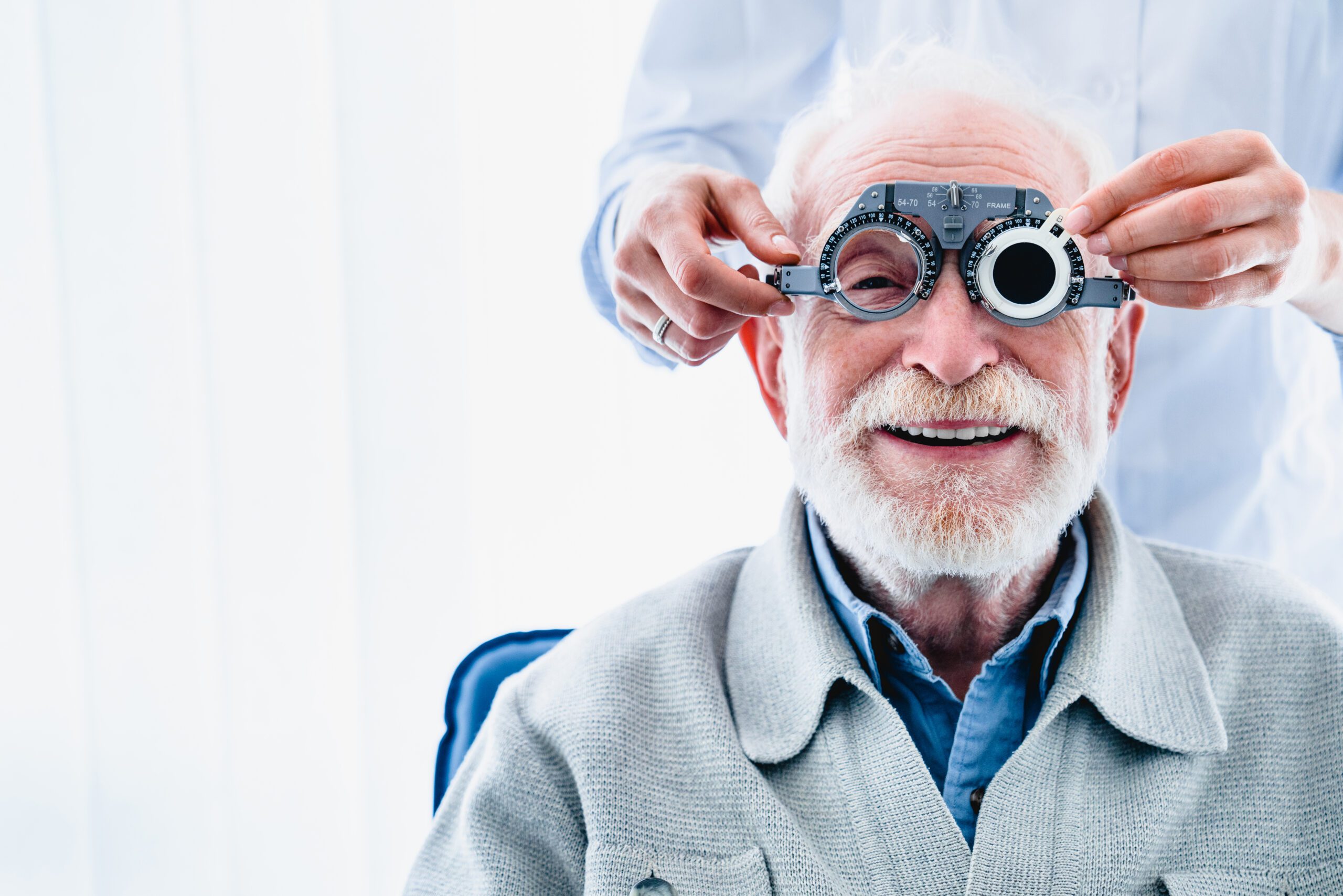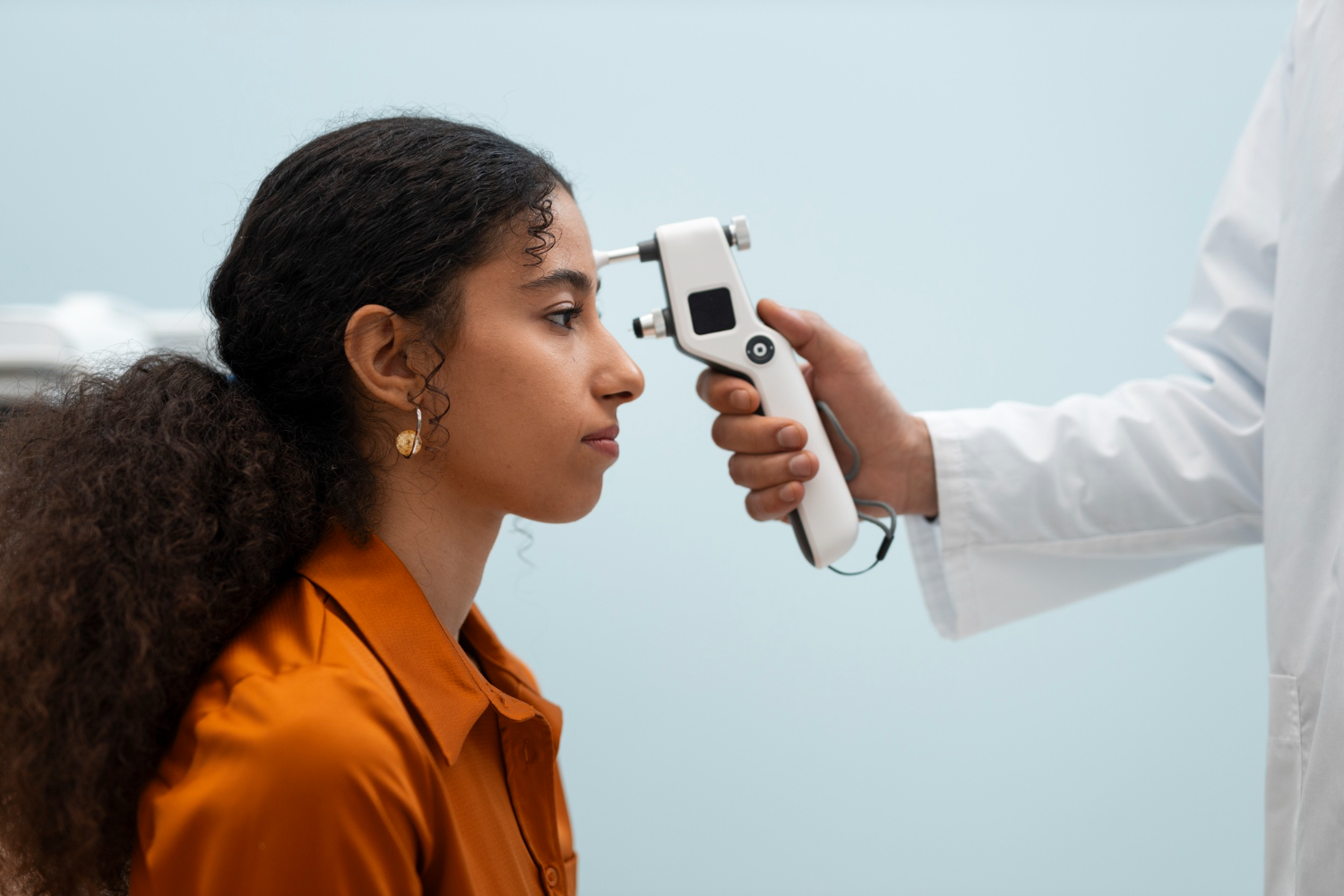Refractive errors are common visual conditions that affect how light is focused on the eye, resulting in blurry or distorted vision. This guide will provide an overview of the main types of refractive errors, their symptoms, causes, and correction options.
- Myopia:
- Description: In myopia, close objects are seen clearly, but distant objects appear blurry.
- Cause: Often the result of an excessively long axial length of the eye or a cornea with too much curvature.
- Symptoms: Difficulty seeing distant objects clearly, squinting to focus.
- Hyperopia:
- Description: In hyperopia, distant objects may be seen more clearly than close objects.
- Cause: Can result from an eye’s axial length being too short or a cornea with insufficient curvature.
- Symptoms: Blurry near vision, eye strain when reading or focusing on nearby objects.
- Astigmatism:
- Description: Astigmatism is due to uneven curvature of the cornea or lens, causing distortion at any distance.
- Cause: Irregularities in the shape of the cornea or lens.
- Symptoms: Blurry, distorted, or double vision, difficulty focusing both up close and at a distance.
- Presbyopia:
- Description: Also known as farsightedness, presbyopia affects the eye’s ability to focus on close objects.
- Cause: Gradual loss of flexibility in the lens due to aging.
- Symptoms: Difficulty reading up close, need to hold objects farther away to focus.
Correction Options:
- Glasses: A common solution to correct refractive errors. Proper lenses compensate for the eye’s abnormal curvature and improve vision.
- Contact Lenses: Thin lenses placed directly on the eye’s surface to correct abnormal refraction.
- Refractive Surgery: Different surgical procedures like LASIK, PRK, and intraocular lenses can permanently correct refractive errors.
Eye Care and Medical Consultations:
- Regular Exams: Schedule regular eye exams with an ophthalmologist to detect and correct changes in your vision.
- Proper Device Use: If you work with screens, take breaks and maintain an appropriate distance.
- Sun Protection: Wear UV-protective sunglasses to prevent eye damage.
Remember, every individual is unique and may have specific needs and conditions. If you experience changes in your vision or concerning symptoms, consult an ophthalmologist for proper diagnosis and treatment. Early correction of refractive errors can significantly enhance your visual quality of life.





